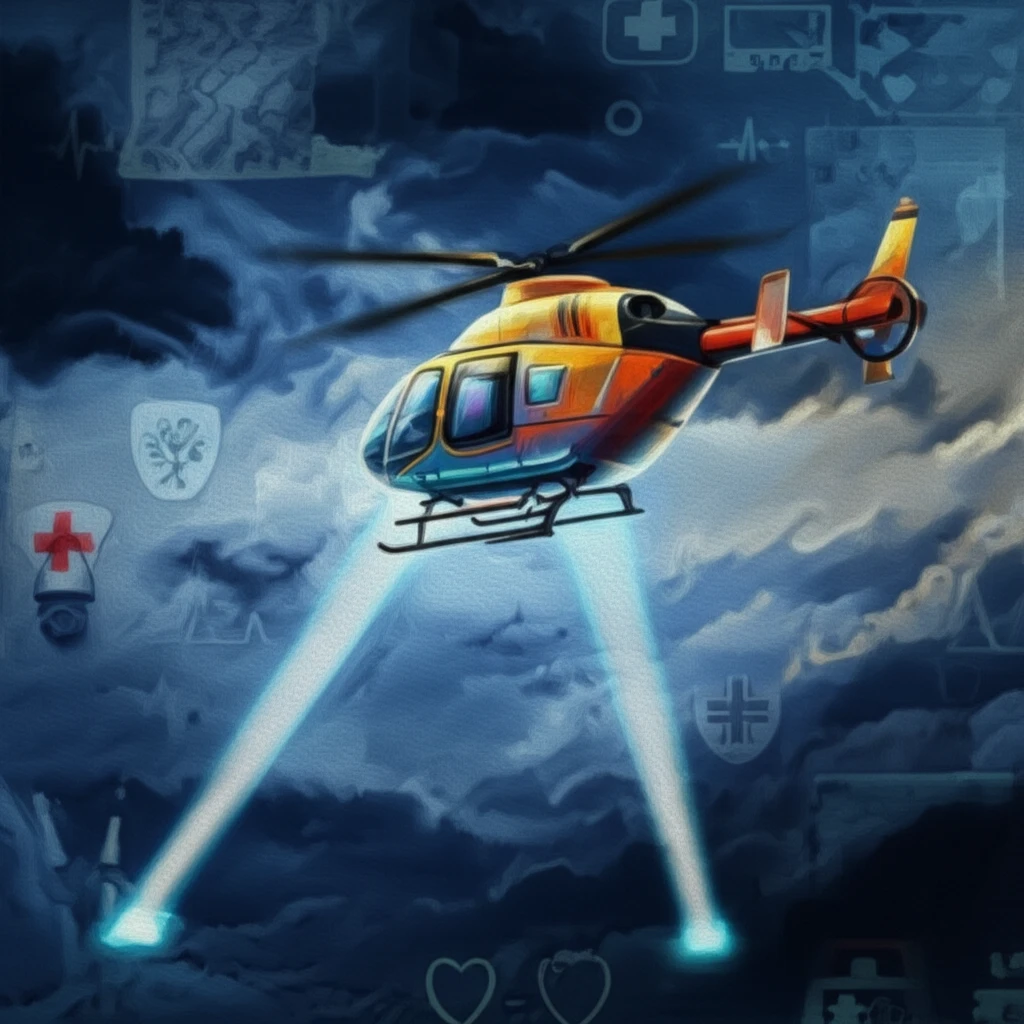
Safety Nets: How Air Medical Services Are Improving Incident Response
"A look into recent emergency events and the steps taken to enhance safety in air medical transport."
In the fast-paced world of air medical services, safety is the paramount concern. The Concern Network, a vital resource for sharing verified incident information, plays a crucial role in alerting medical transport programs to potential hazards. By participating in this network, both air and ground programs can stay informed and proactive in preventing accidents and improving response strategies.
This article delves into recent incident reports shared by the Concern Network, highlighting the challenges faced by air medical teams and the innovative solutions implemented to mitigate risks. From equipment malfunctions to adverse weather conditions, each incident serves as a valuable learning opportunity for the entire industry.
We will explore specific cases, analyze the contributing factors, and examine the corrective actions taken to enhance safety protocols. By sharing these experiences, we aim to foster a culture of continuous improvement and collaboration within the air medical community, ultimately ensuring the well-being of patients and crew members.
PED Placement Incident: A Near Miss

In January 2018, a Life Link III pilot experienced a harrowing situation involving a portable electronic device (PED). During the preflight process, the pilot used an approved PED, but upon completion, placed it on the aircraft floor, leaning against the center console. Shortly after takeoff, the aircraft exhibited limited response to left cyclic input.
- Immediate Action: Guidance was immediately provided to crew members regarding the proper storage of approved PEDs during flight operations.
- Proactive Measures: The operator reinforced training protocols, emphasizing the importance of securing all loose objects within the cockpit to prevent interference with flight controls.
Commitment to Safety
The incidents reported through the Concern Network serve as valuable lessons for the air medical community. By openly sharing these experiences and implementing proactive safety measures, the industry demonstrates a commitment to continuous improvement and the well-being of patients and crew members. As technology evolves and new challenges emerge, ongoing vigilance and collaboration will be essential in ensuring the highest standards of safety in air medical transport.
